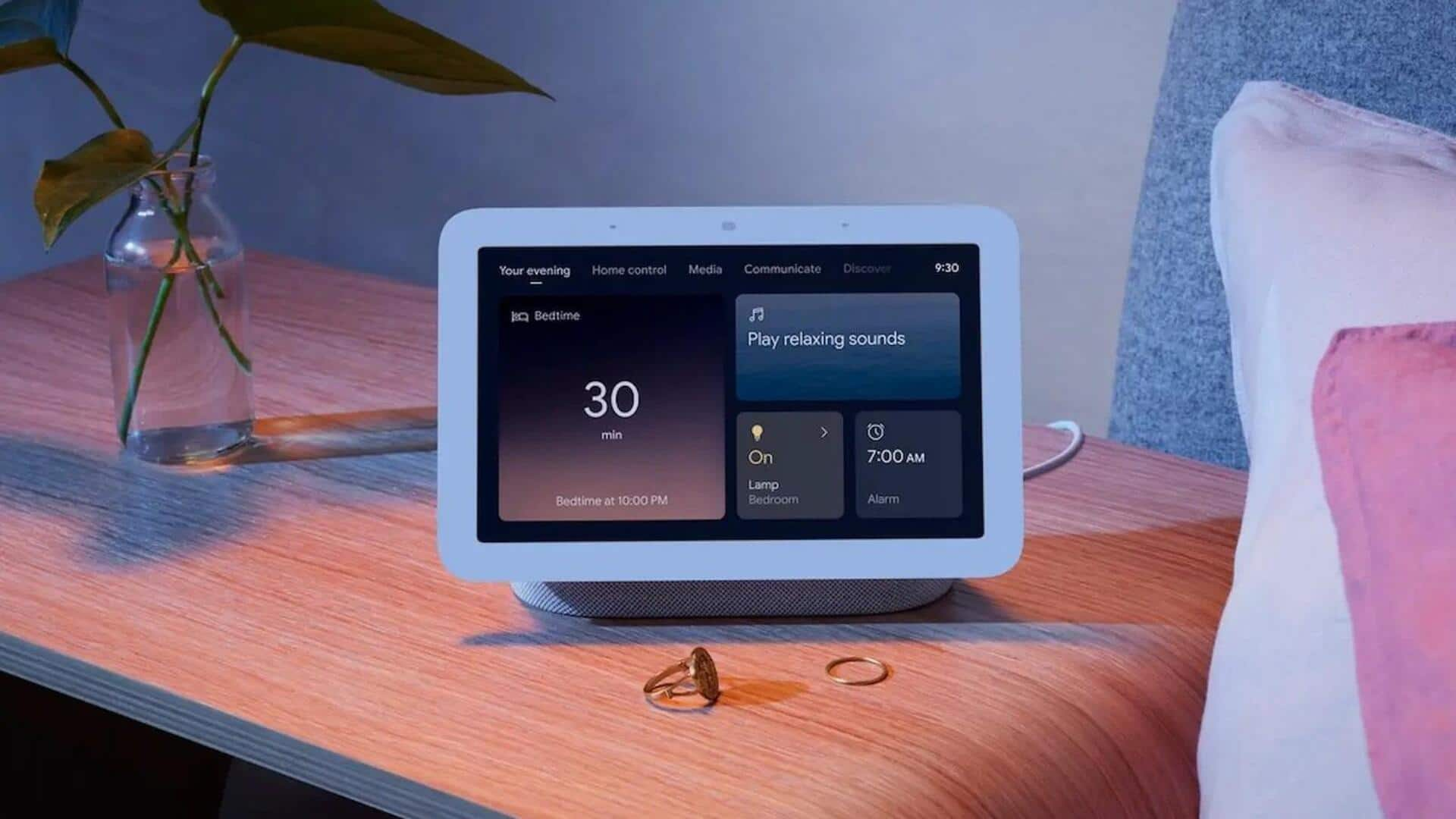
What is Fuchsia? Google's open-source operating system explained
What's the story
Google's Fuchsia is an open-source operating system, named after a color produced by mixing pink and purple.
Unlike its predecessors Android and ChromeOS, which are Linux-based, Fuchsia is built on Zircon.
There has been some discussion about Fuchsia lately, with some speculating it might replace Android.
Although Fuchsia is unlikely to come to phones, PCs, and Chromebooks soon, there are talks of a simplified version of the OS being integrated into Android.
Architecture & Deployment
Fuchsia's unique architecture and market deployment
Fuchsia is built on Zircon, which includes a kernel, libraries, userspace services, and drivers.
Google claims that Fuchsia reduces the amount of trusted code due to Zircon's microkernel-like architecture.
The company first released Fuchsia repository on GitHub in August 2016. It was then deployed in consumer markets via updates to Google Nest Hub devices in early 2021.
Despite company-wide layoffs affecting 16% of Fuchsia employees in January 2023, Google continued its updates with the second-generation Nest Hub in May 2023.
Microfuchsia development
Google's Microfuchsia: A virtualization-focused version of Fuchsia
Since April 2024, Google has been developing microfuchsia, a version of Fuchsia OS designed for virtual machines in QEMU and pKVM (protected kernel-based virtual machine).
QEMU is an open-source emulator that enables a machine to run multiple guest operating systems and programs.
The pKVM is built on the Linux KVM hypervisor, limiting access to protected payloads in guest virtual machines for enhanced security.
References to this project have been found in the Android Open Source Project, indicating ongoing development.
Fuchsia's role
Fuchsia's future: Not a replacement for Android
Despite speculation, Hiroshi Lockheimer, Senior Vice President of Chrome and Android at Google, clarified at Google I/O 2019 that Fuchsia isn't about replacing Android or ChromeOS.
He added that the OS could run on different form factors.
Google may potentially use Fuchsia as an alternative to Microdroid, a stripped-down version of Android developed by the company to enhance security and efficiency.
However, Google's future plans for Fuchsia remain uncertain due to its history of shelving numerous projects.
Ferrochrome demonstration
Google's virtualization capabilities showcased in ferrochrome
Google has demonstrated its virtualization capabilities with a version of Chromium OS called Ferrochrome.
This demonstration was part of the Android 15 release, showcasing the potential for Fuchsia to be featured in more devices.
Despite Google's history of shelving projects, it is expected that Fuchsia will continue to be developed and integrated into future devices.
The company's newest project, microfuchsia, aims to make Fuchsia OS work on devices via virtualization, further expanding its potential applications.